First Global Standard Tank
What pops to your mind when you hear the word “Japanese tanks”?
Perhaps, most people would image the relatively small, fragile tanks from the WW2 era which could hardly compete with its American counterparts.
However, this stereotype is no more, at least in the modern Japanese army (JGSDF), largely owing to the Type 90 tank.
This tank that was aimed to counter Soviet threats and entered service in 1990, is often credited for redeeming the reputation of Japanese tanks.
- General Overview
| Mass | 50.2 tons (standard) |
| Length | 9.8m (32.15ft) |
| Width | 3.4m (11.15ft) |
| Height | 2.3m (7.55ft) |
| Crew | 3 members |
| Maximum Speed | 70km/h (43.5mph) |
| Operational Range | 350km/217miles |
| Armament | 120mm smoothbore gun 12.7mm machine gun 7.62mm machine gun |
| Unit Cost | 8 million USD |
Preceding the latest Type 10 tank, the Type 90 was developed with a focus on safeguarding the norther region of Japan (Hokkaido) from a possible Soviet invasion. Thus, with a few exceptions such as training schools, the Type 90s are all concentrated among tank units in Hokkaido, making it quite unfamiliar for JGSDF personnel or ordinary citizens outside of the region.
One notable feature of the Type 90 is its high-precision firing capability. The new fire control system allowed the tank to process battlefield information at a faster rate and target objectives far more accurately than the previous Type 74 tank.
Adding to this is the automatic tracking system that enables the gun to seamlessly pursue its target, maintaining stability even under dynamic movements. Thanks to these new technologies, the Type 90 is fully capable of hitting its targets even when the tank itself and the target are both in motion.
Such skill has been demonstrated in various exercises, including a live-fire training session in the US where the Type 90 successfully destroyed a target 3km/1.86miles away while on the move. This performance is said to have astonished the US military officials observing the exercise, undoubtedly reversing any stereotypical image towards Japanese tanks.
Another interesting point about the tank is the automatic loader which was rare at the time of development. This not only minimized reloading time, but also brought the tank crew down to just three people.
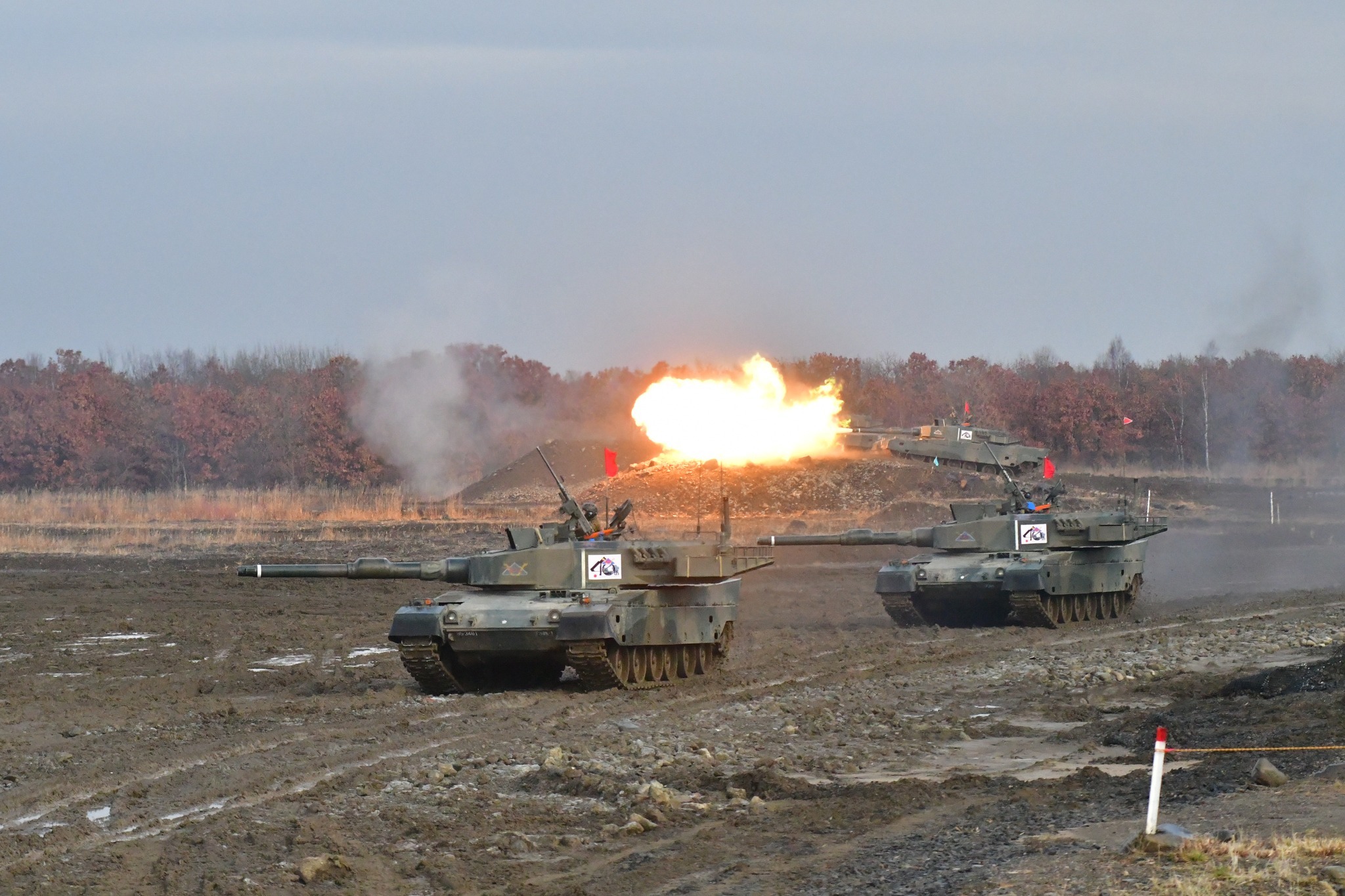 Type 90 tanks in Hokkaido (photo: JGSDF)
Type 90 tanks in Hokkaido (photo: JGSDF)
In the defensive realm, the Type 90 has achieved a balance between lightweight and adequate protection by using a new composite armor containing ceramic material. The evaluation trials have shown satisfying results, overturning the “weak” image of Made-in-Japan tanks.
Despite its weight of 50 tons, the tank maintains excellent maneuverability, exceeding the US M1A1 Abrams in terms of acceleration and braking capabilities.
The brakes are considered to be particularly effective, forcing the tank to come at sudden halt within 2 meters/6.6 feet when traveling at a speed of 50km/h or 31 miles. Since this acuteness can lead to whiplash injuries, the brakes are often referred as “murder brakes” by the tank crew.

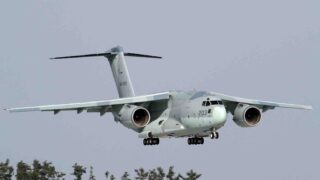
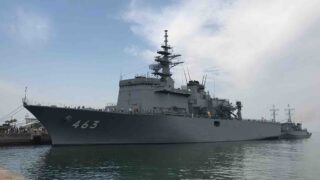
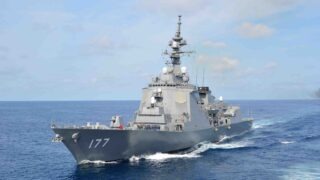
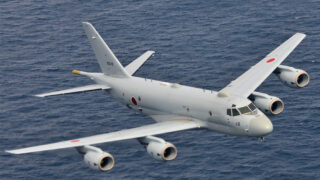
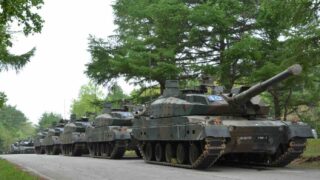
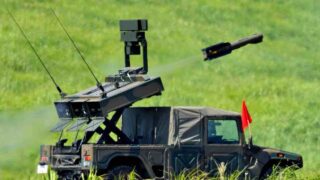
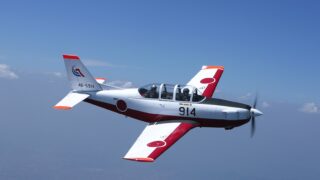
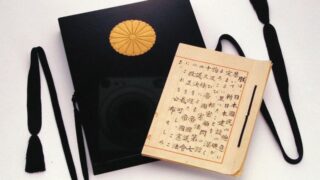
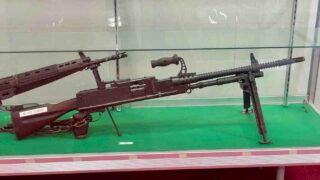
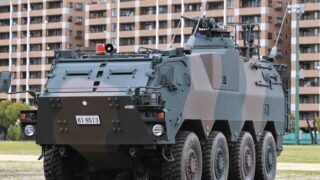
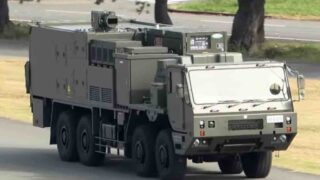
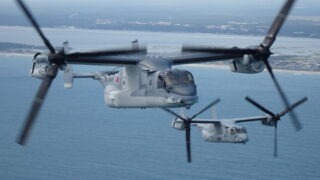

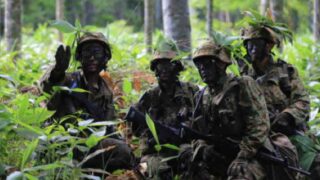
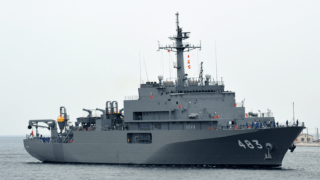
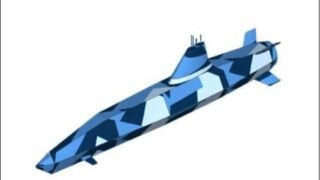
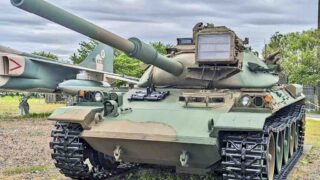
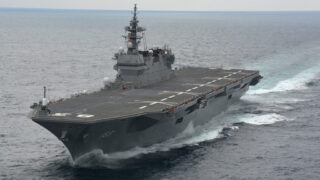

Comments